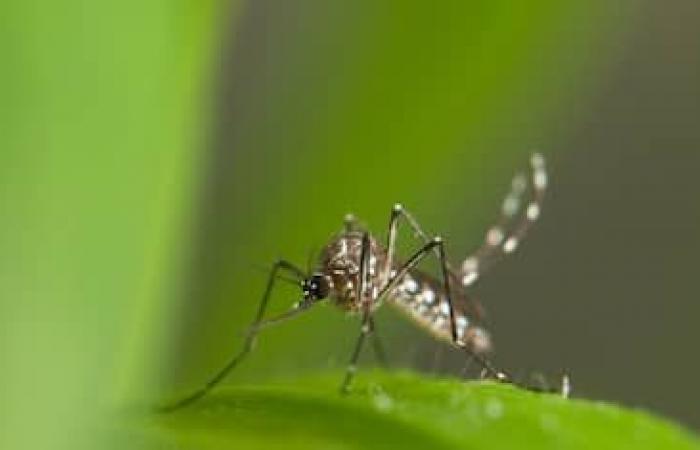The first European case of Oropouche fever, caused by a virus normally spread in the Amazon region, has been identified in Veneto. The patient, who was diagnosed with the virus by the Department of Tropical Infectious Diseases and Microbiology of the Irccs Sacro Cuore Don Calabria in Negrar, has a recent history of travel to the tropical Caribbean region.
The case has already been reported to the health authorities and the local health authority of the Veneto Region, as well as to the international information and monitoring services.
The virus was isolated in the Department’s BSL3 laboratory.
Oropouche fever: how it is transmitted
“Oropouche fever is caused by the virus of the same name (Orov), discovered in 1955 in the blood of a forestry worker from Trinidad and Tobago”, explained the director of the Department of Infectious, Tropical Diseases and Microbiology of the IRCCS of Negrar, Federico Giovanni Gobbi. It is, explains Gobbi, a virus that is transmitted to humans through insect bites, especially midges and mosquitoes.
“Oropouche fever is one of the most widespread arboviruses in South America – stated the director of infectious diseases of the hospital where the virus was isolated – with over 500 thousand cases diagnosed from 1955 to today, a number probably underestimated given the limited diagnostic resources available in the diffusion area”.
Since the last update, over 2024 there have been more than 5,000 cases registered in Bolivia, Brazil, Colombia and Peru, and recently also in Cuba.
see also
Alert Norovirus, the pathogen that causes gastroenteritis
What are the symptoms and health risks
The symptoms of Oropouche fever are the same as those that characterize other types of tropical viral fevers: “They usually appear 3-8 days after the bite of the vector insect – explains Concetta Castilletti, head of the Virology and Emerging Pathogens Unit of the Irccs – and are largely comparable to those of other tropical viral fevers such as Dengue, Zika or Chikungunya: high fever (over 39 °C) accompanied by headache, retrorbital pain, general malaise, myalgia, arthralgia, nausea, vomiting and photophobia”. Rarely, the expert explains, cases of involvement of the central nervous system, such as meningitis and encephalitis, have also been recorded. The symptoms of Oropouche fever are also characterized by another fact: in approximately 60% of cases, after the first acute phase, the symptoms recur, in a less severe form: usually within two to ten days, but also after a month from the first appearance. .






